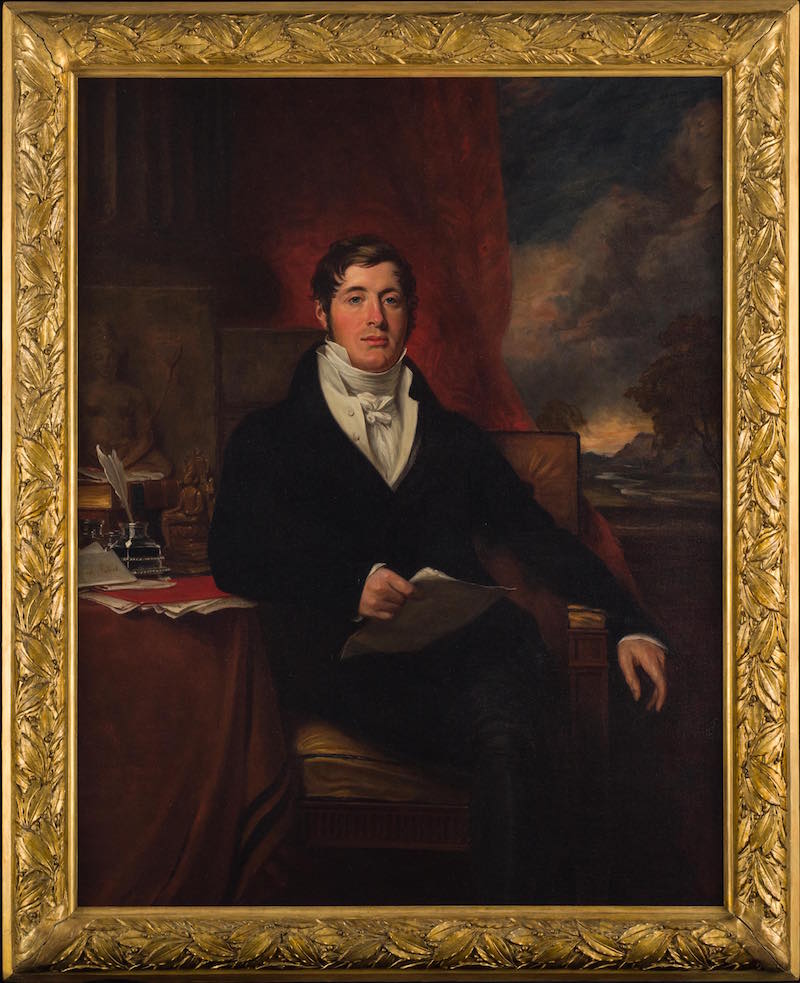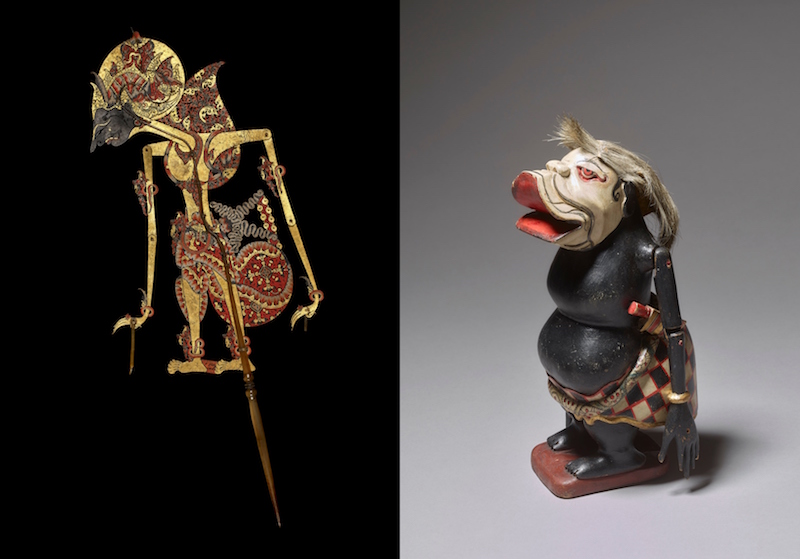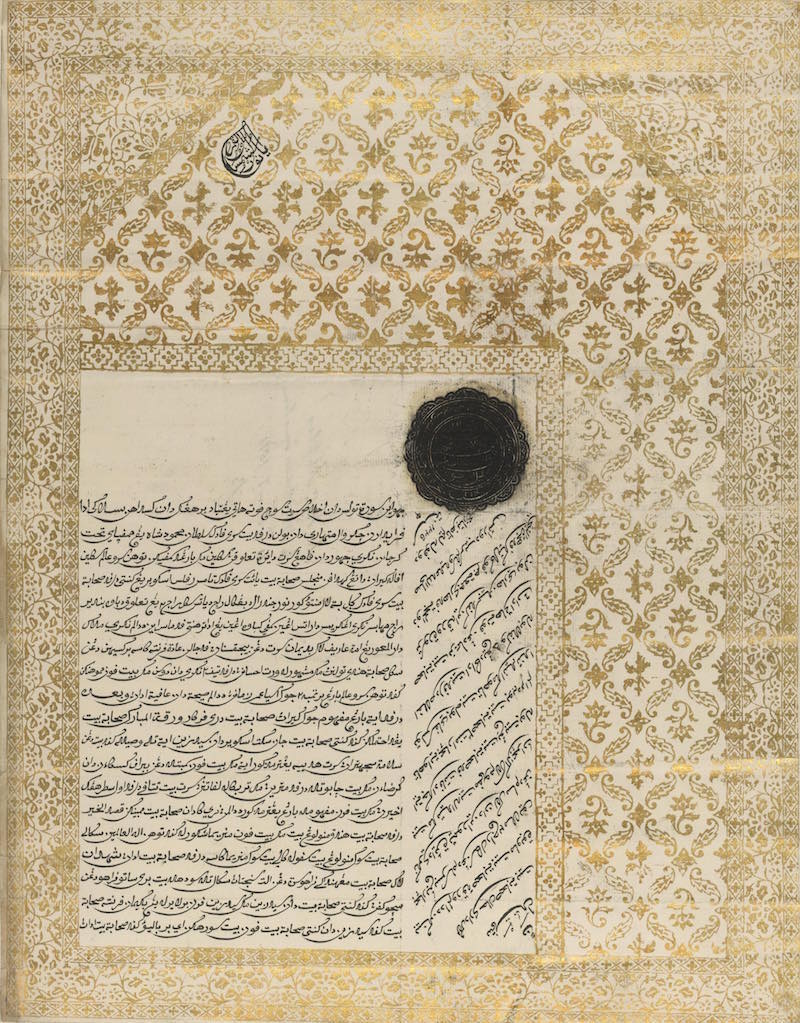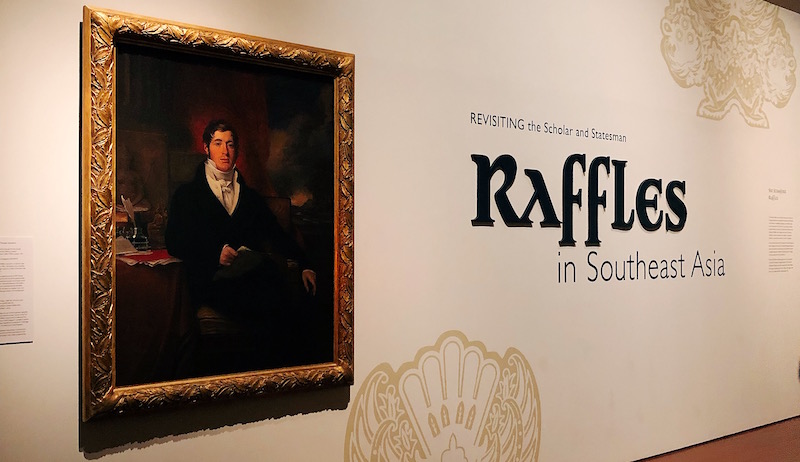Sir Stamford Raffles: That’s a name everyone in Singapore is familiar with. But what do we really know about him, beyond our one-dimensional impression of the guy as a “founder figure”, whose actions and accomplishments we breezed through in history class?
To offer another perspective on the man, the Asian Civilisations Museum has co-curated a new exhibition with the British Museum called Raffles in Southeast Asia: Revisiting the Scholar and Statesman. Like its title suggests, the showcase looks at the numerous roles of Raffles, with 240 artworks from 14 institutions and private collectors. All on display together for the first time, many of the cultural items and works of art are either mentioned or portrayed in Raffles’ 1817 book, The History of Java.

As a British official with the East India Company in Southeast Asia between 1805 and 1824, Raffles is known for his political involvement, for establishing Singapore as a British trading port, and for collecting natural history, art, and cultural materials from the region during the British colonial period. In its re-examination of the man, the museum hopes visitors can look at Raffles from a different angle, to decide for themselves who or what he represents.

His personal collection comprises of mainly Javanese and Sumatran objects, from traditional masks and theatre puppets to Hindu-Buddhist sculptures and musical instruments, revealing Raffles’ perspective on what encompassed “civilization” according to European standards at the time, as well as their value for international trade.
But beyond that, the exhibition also features other artworks outside of his collection in an attempt to complete his view of 19th century Southeast Asia and Java, in particular.

Visitors can also attend programmes like curator tours and talks related on Raffles and Javanese culture, with highlights such as music performances, a silent film screening accompanied by a gamelan orchestra, and a weekend festival.
If you’re wondering about the seemingly sudden interest in characters like Raffles and William Farquhar, it’s because events like these are part of the Singapore Bicentennial commemorations to reflect on 200 years of the republic’s modern history. And since it’s only January, we’ve clearly got more of this to look forward to.
Raffles in Southeast Asia: Revisiting the Scholar and the Statesman is on from Feb 1-Apr 28 at Asian Civilisations Museum. Singaporeans and permanent residents $12, foreigners $20.





Reader Interactions